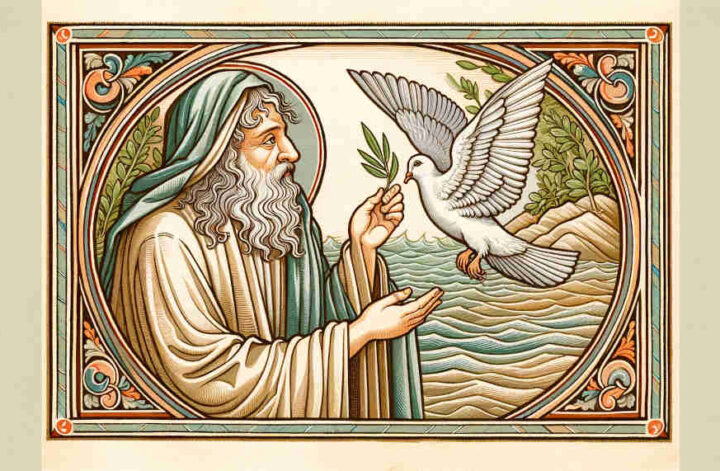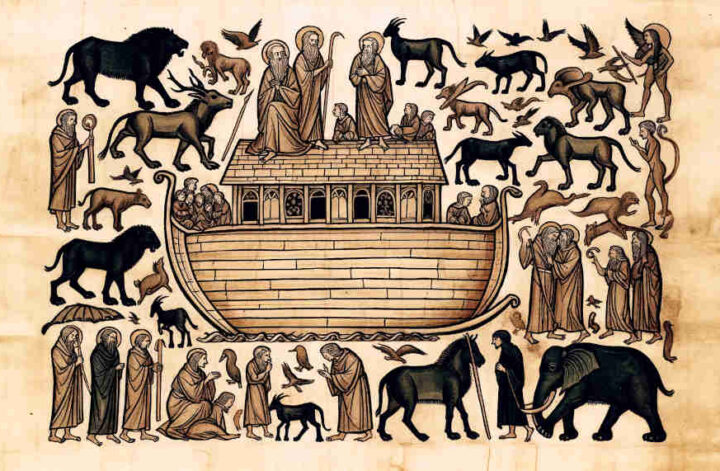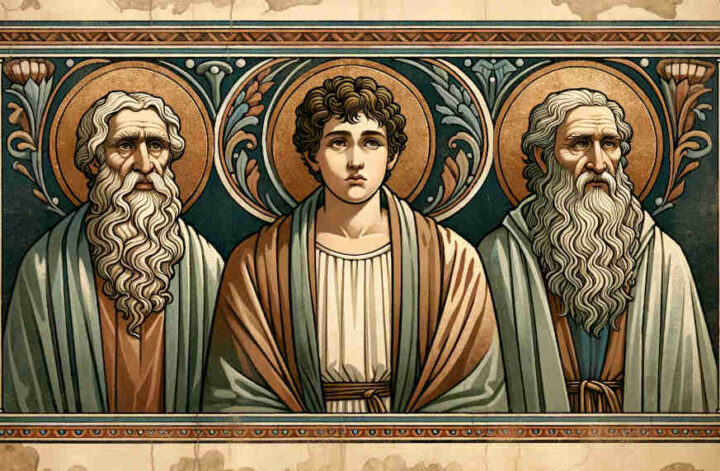Email from a reader: “Dear Rabbi Joshua, I’ve always been moved by the story of Noah and the dove in the Torah. Could you elaborate on its significance and meaning? Sincerely, Rachel Smith”
Dear Rachel,
The story of Noah and the dove, found in the Torah, is rich in symbolism and has been interpreted in various ways within Jewish thought. Let’s explore this profound narrative.
Context of the Story:
The story takes place after the great flood, as described in Genesis 8:6-12. Noah sends out a dove to see if the floodwaters have receded. The dove initially finds no place to rest and returns. Later, it returns with an olive leaf, signaling that the waters have receded. Finally, the dove is sent out again and does not return, indicating that the earth is dry.
Symbolism of the Dove:
The dove in this story is rich in symbolic meaning:
- Symbol of Peace: The dove returning with an olive leaf has become a universal symbol of peace and hope. It signifies the end of the flood and the restoration of God’s peace with creation.
- Hope and Renewal: The dove’s journey can be seen as a metaphor for hope and the search for stability and renewal after a period of turmoil and destruction.
Meaning of the Olive Leaf:
The olive leaf brought back by the dove is also symbolic:
- Sign of Life: The olive leaf represents new life sprouting forth, indicating regeneration and the continuity of life on earth.
- Resilience: The olive tree, known for its resilience and longevity, symbolizes the resilience of life and the possibility of growth even after devastation.
Theological Implications:
This story also carries deep theological implications:
- Divine Mercy and Covenant: The conclusion of the flood and the dove’s message signify God’s mercy and the establishment of a covenant with Noah, representing a new beginning for humanity.
- Human Responsibility: The narrative underscores the theme of human responsibility in caring for creation and maintaining a harmonious relationship with God and the earth.
Conclusion:
Rachel, the story of Noah and the dove is a powerful narrative that speaks to themes of peace, hope, renewal, and the enduring covenant between God and humanity. It remains a poignant symbol in Jewish thought and beyond, reminding us of the possibility of new beginnings and the resilience of life.
Warm regards,
Rabbi Joshua


